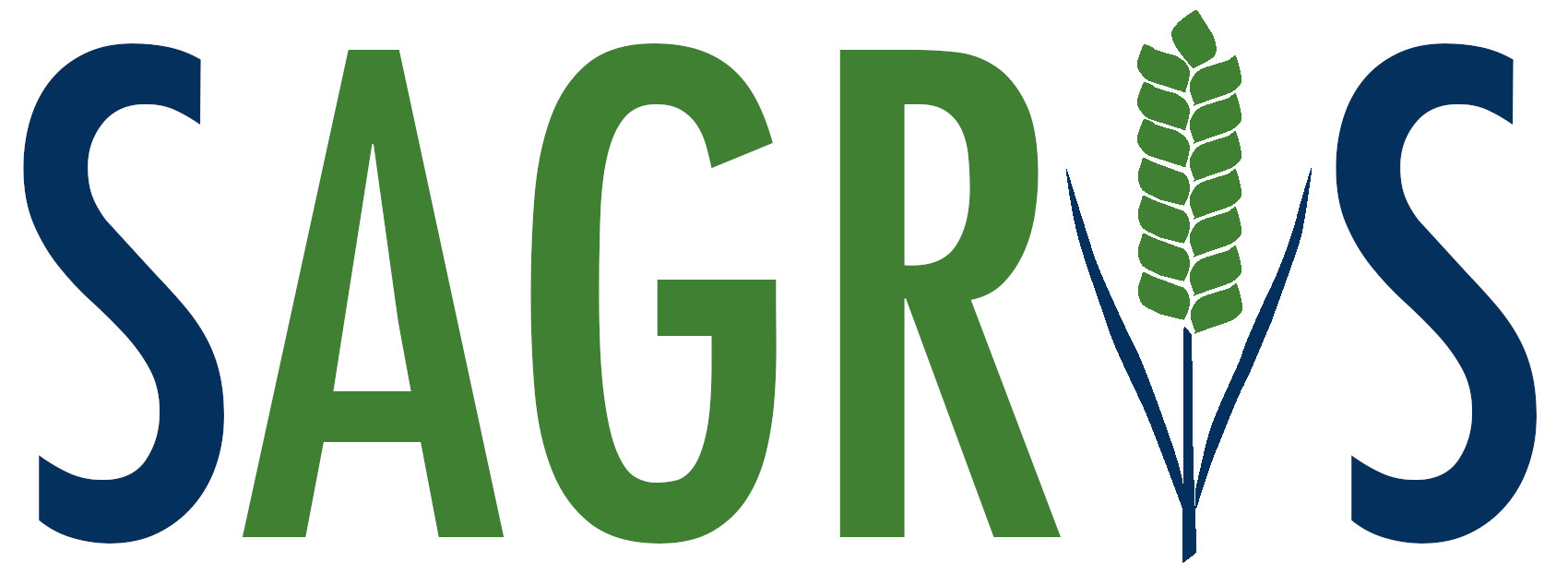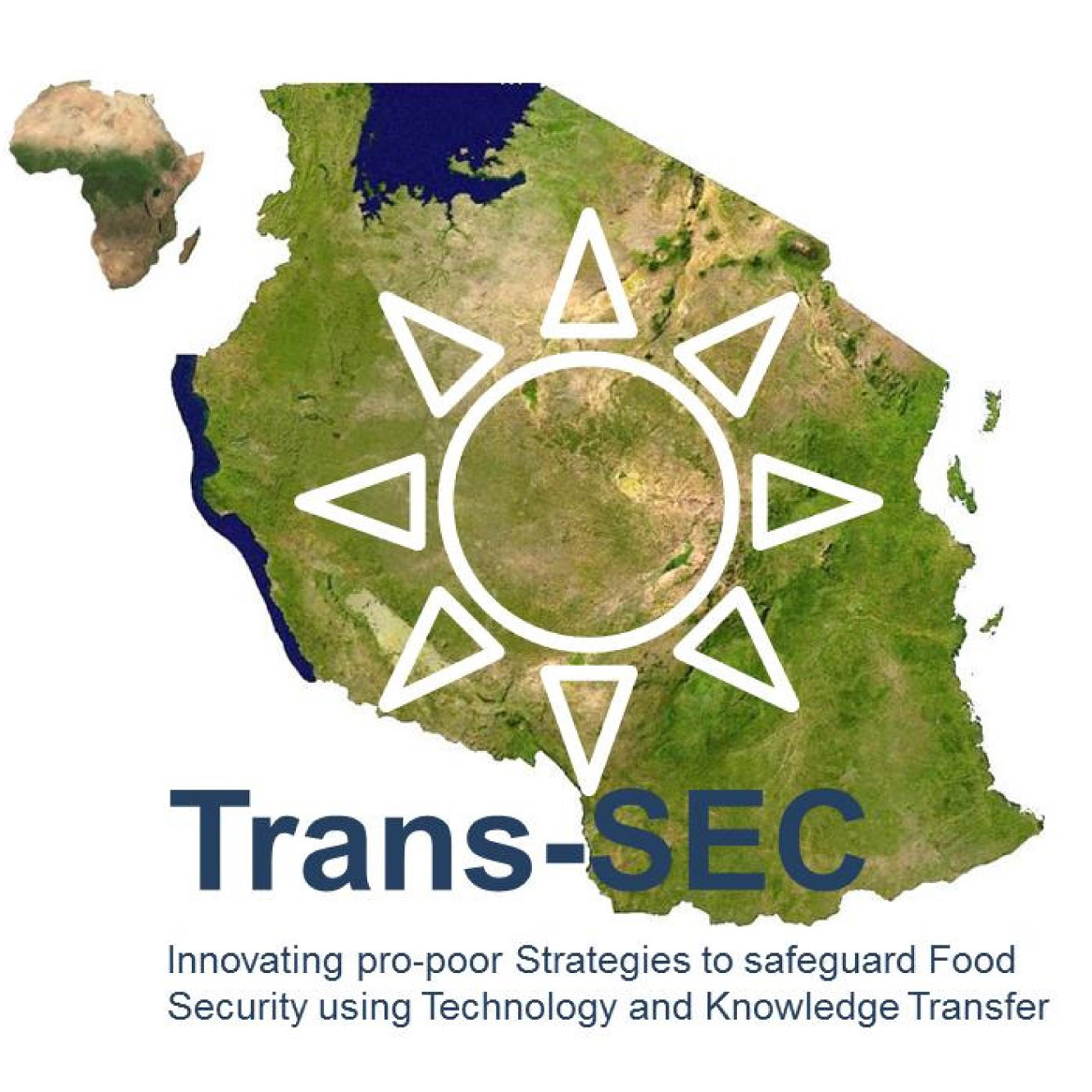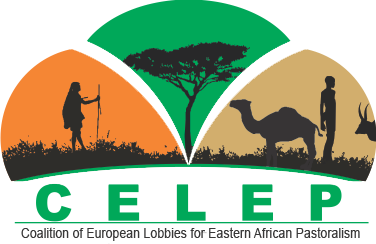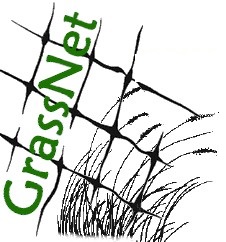Shaping the Herders’ “Mental Maps”: Participatory Mapping with Pastoralists’ to Understand Their Grazing Area Differentiation and Characterization
Environmental Management, 56(3), 721–737, https://doi.org/10.1007/s00267-015-0532-yUnderstanding the perception of environmental resources by the users is an important element in planning its sustainable use and management. Pastoralist communities manage their vast grazing territories and exploit resource variability through strategic mobility. However, the knowledge on which pastoralists’ resource management is based and their perception of the grazing areas has received limited attention. To improve this understanding and to document this knowledge in a way that can be communicated with ‘outsiders’, we adopted a participatory mapping approach using satellite imagery to explore how Borana pastoralists of southern Ethiopia differentiated and characterized their grazing areas. The Borana herders conceptualized their grazing areas as set of distinctive grazing units each having specific names and characteristics. The precise location and the borders of each grazing unit were identified on the satellite image. In naming of the grazing units, the main differentiating criteria were landforms, vegetation types, prevalence of wildlife species, and manmade features. Based on the dominant soil type, the grazing units were aggregated into seasonal grazing areas that were described using factors such as soil drainage properties, extent of woody cover, main grass species, and prevalence of ecto-parasites. Pastoralists ranking of the seasonal grazing areas according to their suitability for cattle grazing matched with vegetation assessment results on the abundance of desirable fodder varieties. Approaching grazing area differentiation from the pastoralists’ perspectives improves the understanding of rangeland characteristics that pastoralists considered important in their grazing management and visualization of their mental representation in digital maps eases communication of this knowledge.






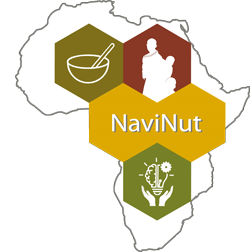 NaviNut
NaviNut